While the world Stegmann operates in is a decidedly visual one, the apple doesn't fall far from the tree – his father, Dr Frits Stegmann, is an ophthalmologist and one of the co-founders of Hope for the Blind in Limpopo. This non-profit hospital offers life-changing cataract operations to people in the region living with preventable blindness.
Everything about this initiative is considered, from its state-of-the-art design to the First Light Project: a curated gallery in the hospital that ensures the first thing patients see upon having their sight restored isn't arbitrary. It's art. We encountered First Light at the 2025 RMB Latitudes art fair and were moved by the stories of patients who were greeted with beauty after suffering the hardships of not being able to see. This project grew out of an underlying belief in the transformative power of art, while its inaugural exhibition features works by leading contemporary artists, including William Kentridge and Nelson Makamo.
We chatted to Stegmann to hear more about the impetus for First Light and how this remarkable vision became a reality.
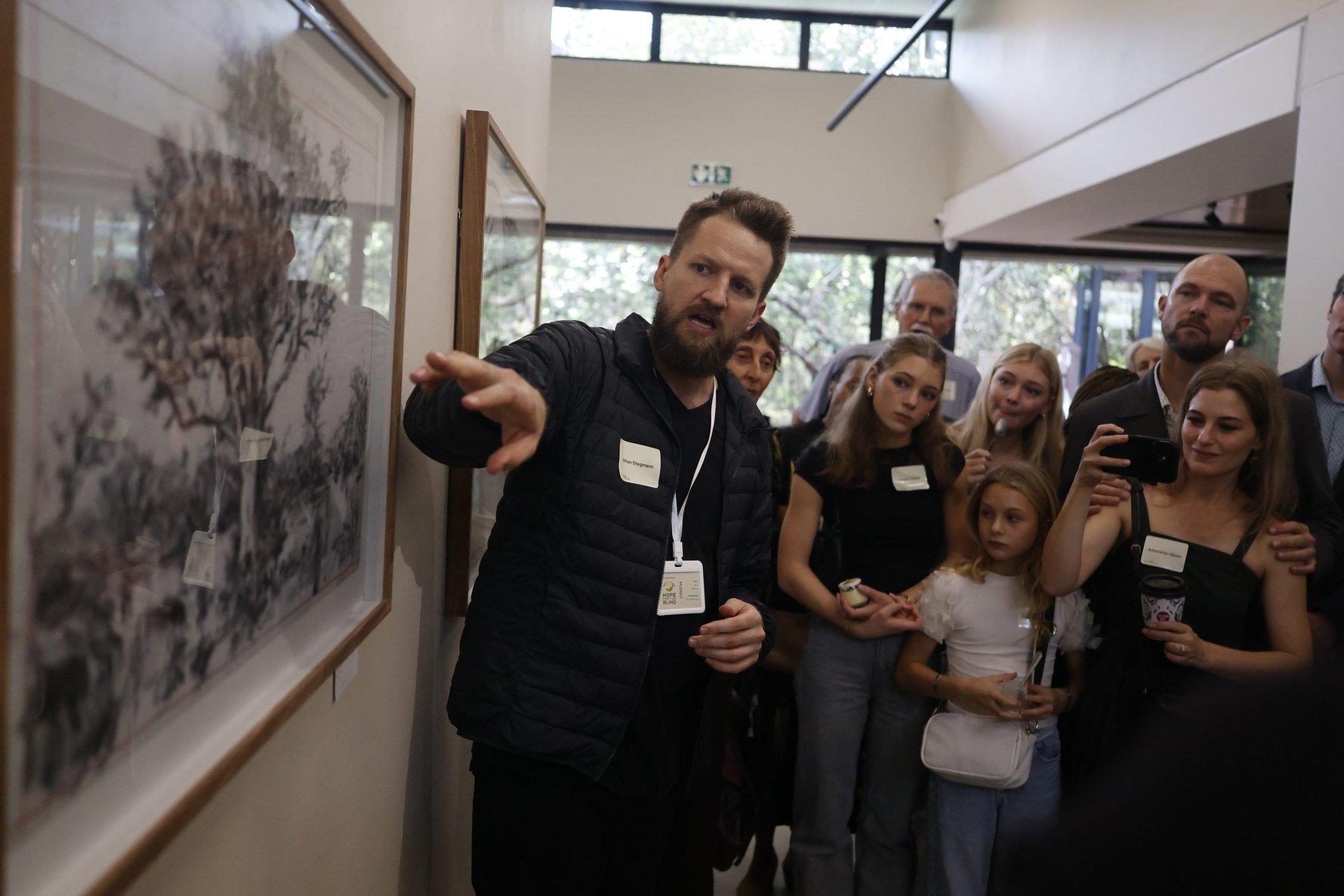
Art and ophthalmology. Tell us the story behind the First Light project – what inspired this?
My dad is an ophthalmologist who worked in government service in Limpopo for many years. He and his co-founders created the Hope for the Blind (HFTB) non-profit trust to help address the challenge of preventable blindness in Limpopo – where thousands of people in rural areas are blind in both eyes due to cataracts. The aim is to supplement the good work done by government in order to help more people.
Cataract operations are relatively simple and can restore vision almost instantly. It is done under local anesthesia and the patients leave the theatre with an eye patch and come back to the clinic the next day. Nurses then remove the eye patch and the patients often react with great joy and appreciation. So during the initial brainstorm sessions, the concept emerged of integrating an art gallery into the clinic design, with the idea of exhibiting art to people who see for the first time.
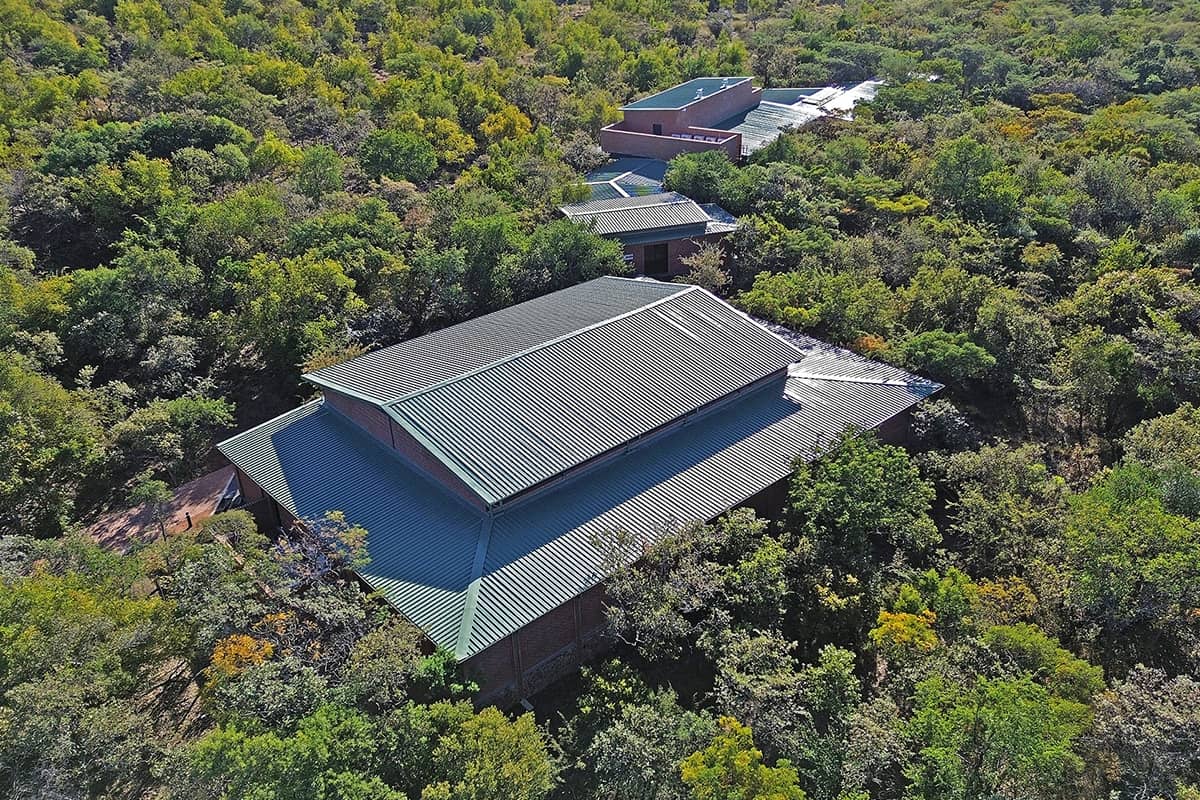
How did you turn this from an idea into a fully-fledged reality? We hear it was a 10-year project.
This has really been a labour of love for my dad and his co-founders. It's been a long time coming and a difficult journey that was very slow initially in terms of securing licenses, angel funding, etc, but when the train started moving, it picked up speed dramatically.
As the hospital became more of a reality I had to become more involved with the gallery space it would contain. The hospital was gracious in creating a role for me and trusting my team with the First Light project – which kicked off with an inaugural exhibition, documentary film, ribbon-cutting ceremony, and a showing at the 2025 RMB Latitudes art fair.
Because this was a novel project, we started by approaching two of my friends, [artists] Heidi Fourie and Nhlanhla Nhlapo. We populated the gallery with their work as a "secret" exhibition, and created an internal test video which we used to pitch to artists and sponsors. This proof of concept allowed us to attract a high-calibre of partners for our inaugural exhibition, and we’re very happy with how it all turned out.
Looking back, I’d say the hardest is always the internal battle one faces to believe in the idea and to forge ahead despite unending uncertainties and adversities.
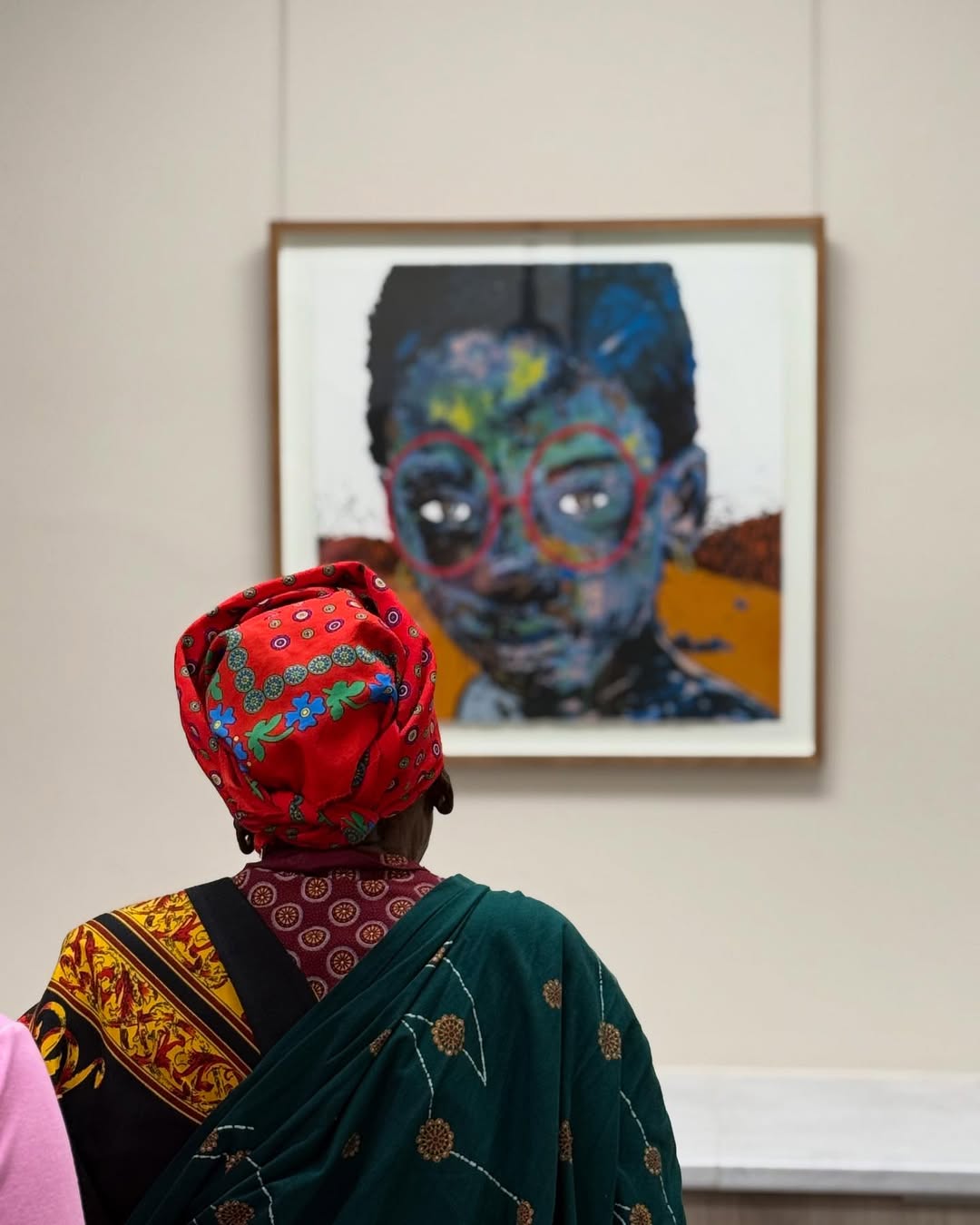
The physical building for Hope for the Blind eye hospital is a beauty too. Why was this important? Tell us about the design and the team behind it.
Hope for the Blind's design brief can be summarised as a "celebration of vision," and we still pinch ourselves at how beautifully it came together. The buildings are nestled in the bushveld of the Waterberg biosphere, with carefully framed views of the surrounding trees for a remarkably calming effect, which actually contributes to the quality of care. It’s not uncommon to see birds, butterflies, and even antelope pass by the great glass windows of the operating theatre!
The HFTB is originally inspired by two cross-subsidisation hospitals in India (Aravind and LV Prasad), which use separate "paying" and "non-paying" entrances. We, however, went the "single entrance" route, believing that any hesitancy by private clients of coming to a non-profit organisation could be offset by quality design.
I was involved as a type of design consultant but the bulk of the design work was done by LEMEG Architects. They were also preceded by a team of architects and researchers who interviewed patients and staff, and helped build the design requirements from the perspective of those it was meant to serve.
Can you share some of the responses from patients that have moved you?
I encourage your readers to check out our documentary by filmmaker Adam Heyns, who skilfully captured some incredible moments, including a hilarious reaction of a husband to seeing his wife! I was particularly touched by Mama Aphane (also in the film), she reacted with such pure emotion and joked about how her grandchildren would no longer be able to steal meat from her plate. While she was admiring the textures of William Kentridge's charcoal drawing I started thinking about how beauty is sometimes wrapped up in tragedy: the blindness she suffered was actually needless, and there are thousands more like her who languish in darkness.
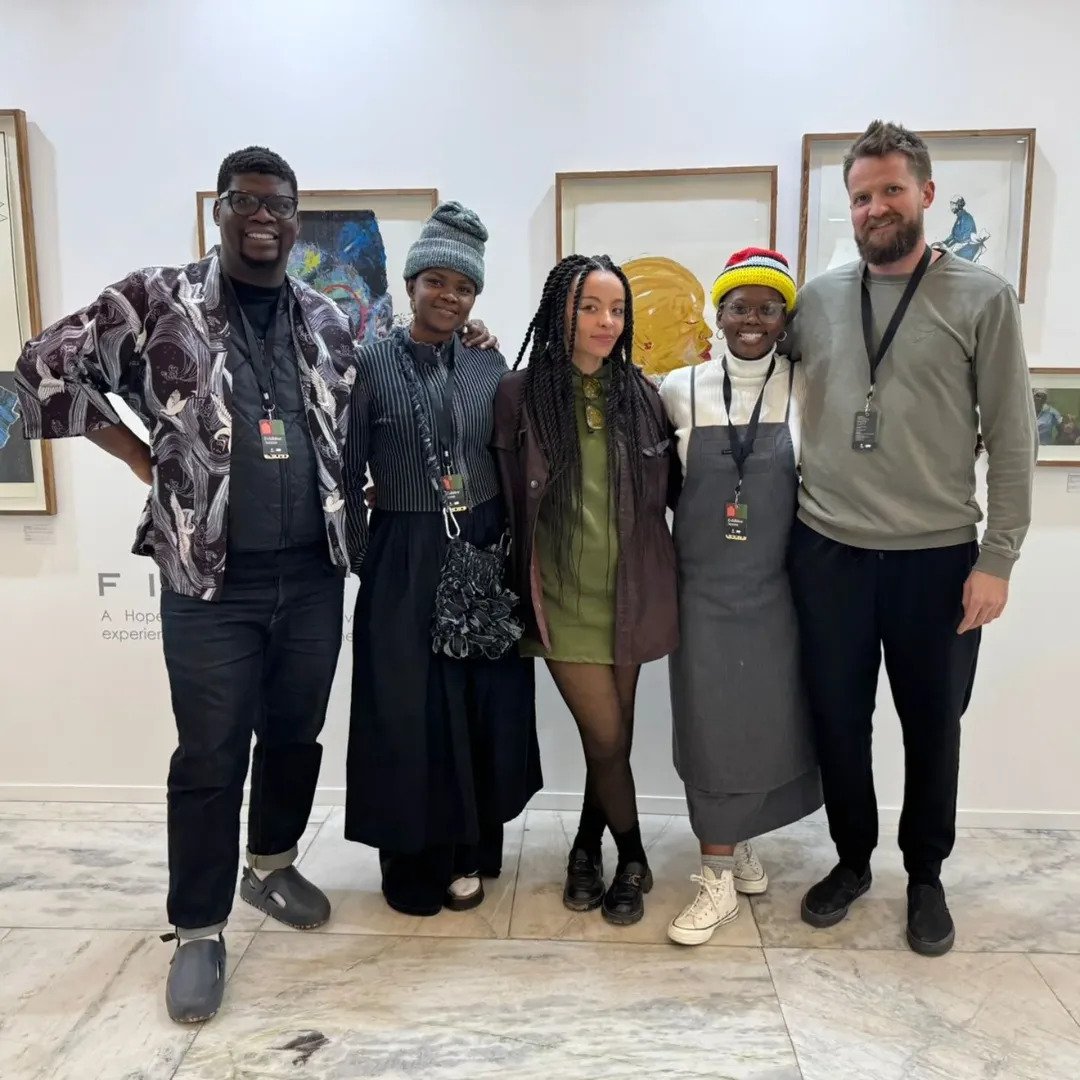
As head curator, how did you select the works for the exhibition space?
I joined forces with the formidable co-curator Lawrence Lemaoana. We had worked together on challenging projects before, and I enjoy the way he illuminates the truth inside a curatorial challenge.
We were concerned whether the work would bear relevance to the patients, but I think it helped that Nelson Makamo became an enthusiastic partner to our project, as he grew up in Modimolle (where the hospital is situated). So we anchored the show in representations of the landscape and its people and branched out to some conceptual ideas from there, notably with the more cerebral work of Willem Boshoff and subtle social commentary by Mary Sibande and others.
I'm glad to report that the patients and the staff (our main audience) engaged enthusiastically with the work, and we’re very gratified by their feedback!
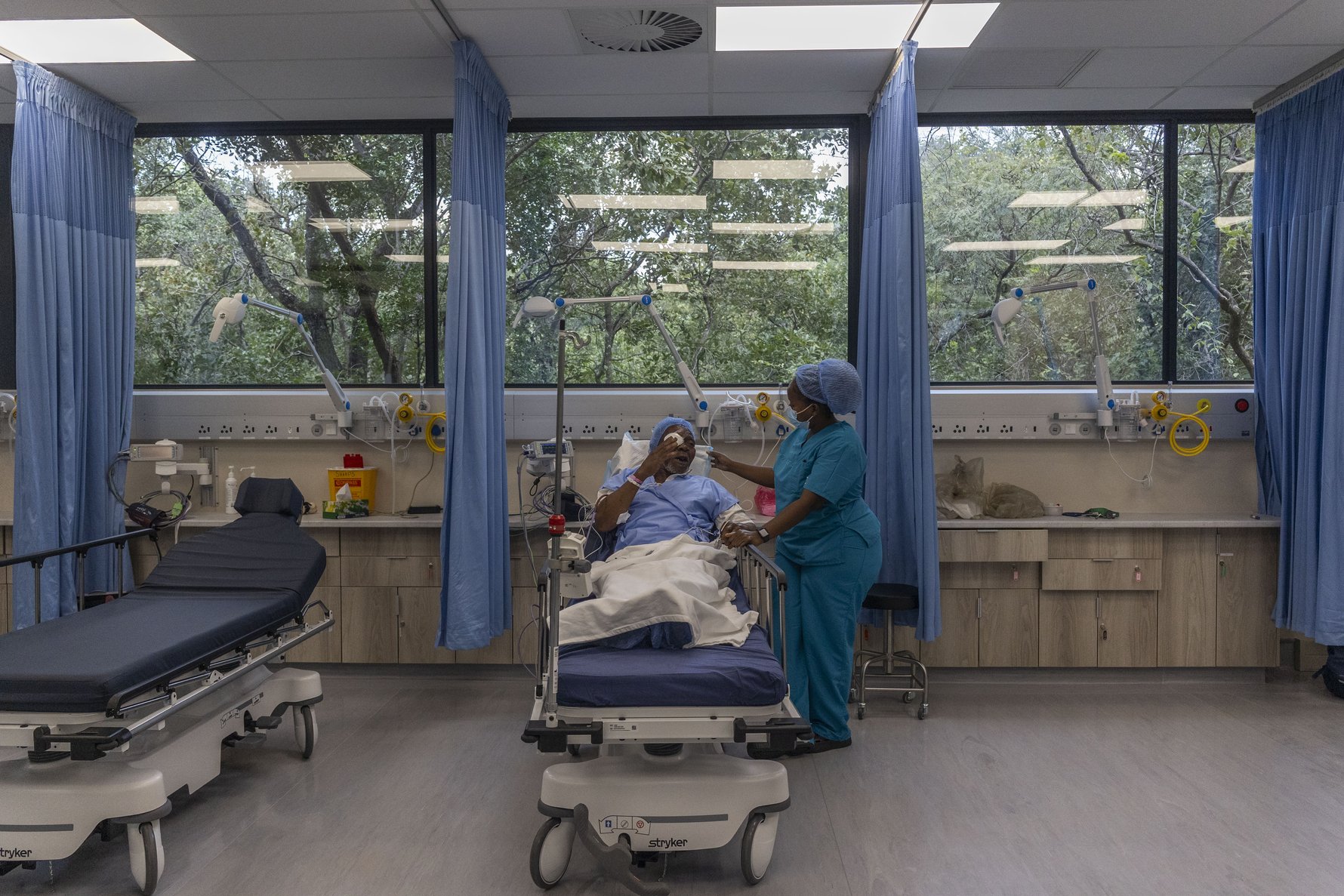
It's an ongoing project, funded through art and donations. What's the long-term thinking around this?
The hospital offers its services to private patients at medical aid rates, and the proceeds assist as self-generating subsidies for eligible disadvantaged patients. While art sales contribute to these subsidies – and we've been doing well in this regard – the main value of First Light is in how it tells the story of Hope for the Blind. We are building the network of partners and funders required to nurse our fledgling hospital through its formative years, as it steadily increases the volume flow of patients with the aim of becoming self-sustainable.
Rapid-fire round: Five questions about Joburg
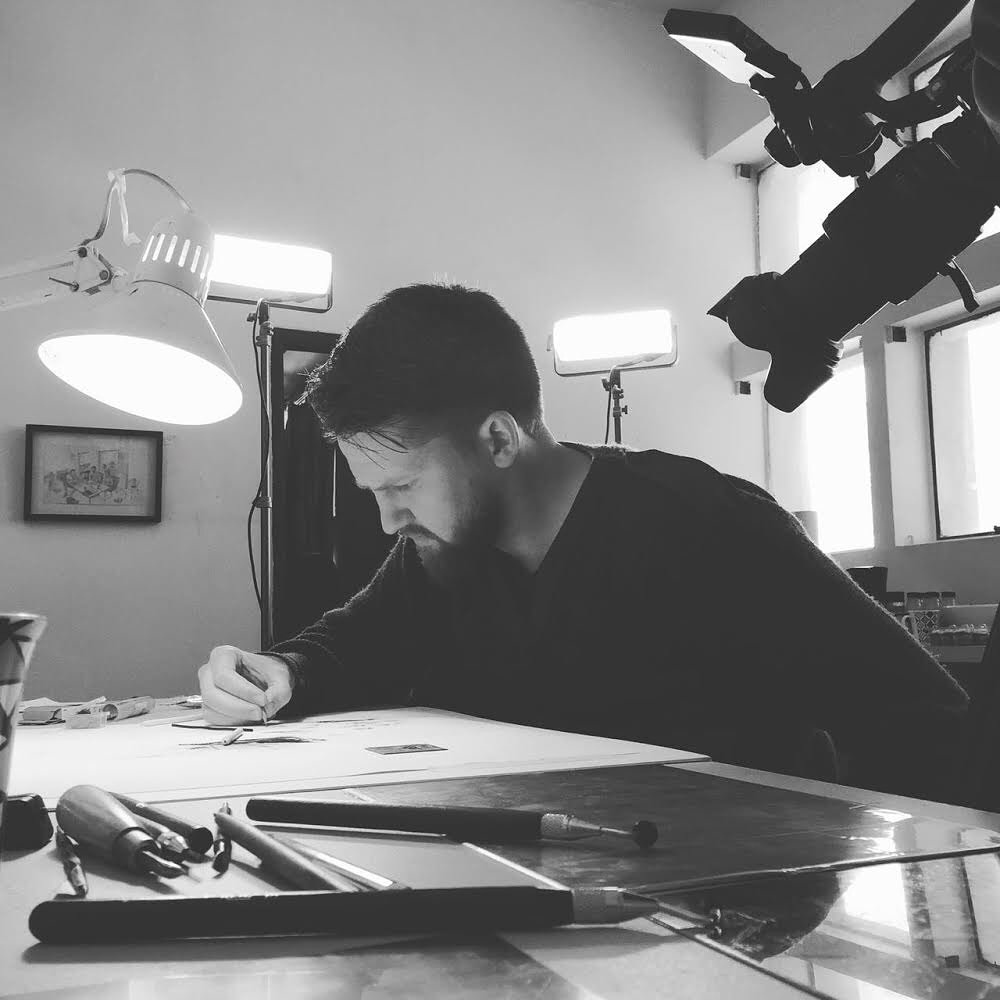
Favourite Joburg art space?
Arts on Main has withstood the test of time. To those who have not had the privilege of experiencing the interior of William Kentridge’s studio there, I’d recommend the programming of The Centre for the Less Good Idea to sample some of that atmosphere.
Best view in the city.
It would have to be the roof of 77 Commissioner Street where I started my love affair with Johannesburg.
Joburg in three words?
Cultural bubble breaker.
Who would you honour with the Freedom of the City, and why?
Gordon Froud. He's a true City Centre citizen who has placed the careers of many young artists ahead of his own.
How to spend a weekend in Joburg.
Come for Friday sundowners in my studio at August House (Doornfontein)and we'll plan it out from there ;)
Visit hopefortheblind.org for more info and follow @johanlouwstegmann on Instagram.


 (1)_m.jpg)
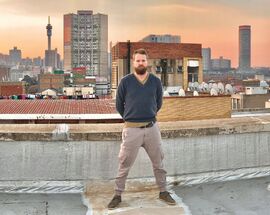
_m.jpg)


Comments